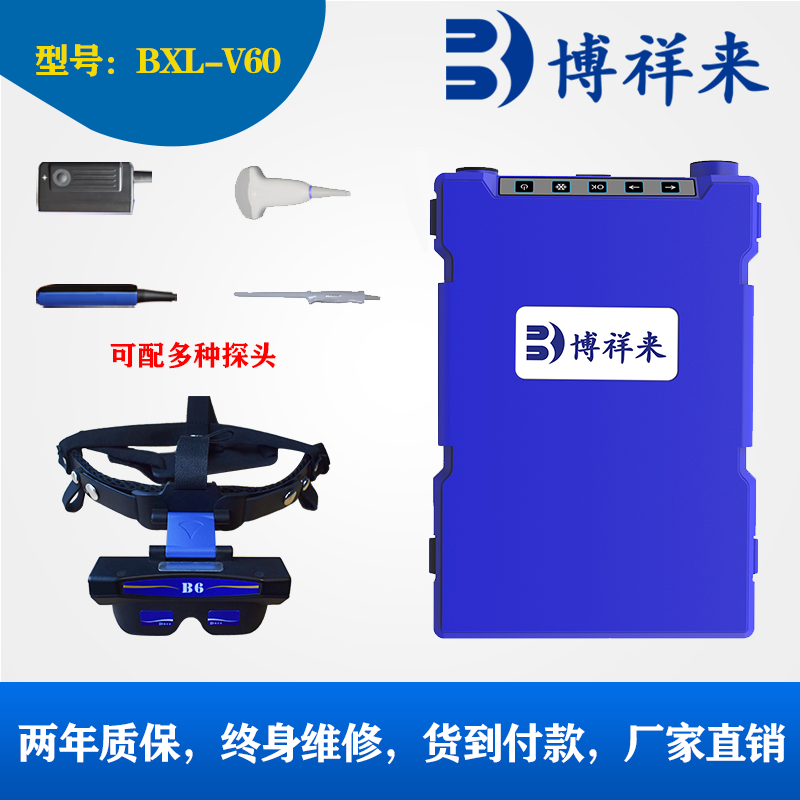Mechanical fan scanning is similar to convex array, both are cylindrical, and linear array is rectangular; From the perspective of scanning work mode, mechanical fan scanning is driven by a micro motor to drive a directional mechanism to drive piezoelectric ceramics to perform fan-shaped motion, while convex and linear arrays are electronic scanning, which achieves scanning by sequentially triggering the elements in the piezoelectric ceramic array; From the detected image, it can be divided into mechanical fan scanning and image array with a fan shape, small at the top and large at the bottom. A linear array is a plane of equal width; In addition, mechanical B-ultrasound transducers have mechanical noise and microseismicity during operation, while convex and linear arrays do not exhibit these phenomena.

The convex array probe for veterinary ultrasound usually uses two parameters, beamwidth and sidelobe level, to describe the characteristics of sound field distribution. Beam width: refers to the width at which the amplitude of the sound field on both sides decreases by 3dB (half power point) relative to the maximum value in the direction of the sound beam axis. This width value is the lateral resolution of the image in the veterinary B-ultrasound imaging system.
Side lobe level: The normalized sound level of the maximum side lobe amplitude in the sound field distribution map, which reflects the proportion of the total radiated energy occupied by the side lobe direction, that is, the amount of artifact information in the veterinary B-ultrasound.
Due to the introduction of the concept of beamwidth, the next step is to analyze and study the imaging resolution of three focusing methods, and compare the quality of their obtained Veterinary ultrasound images. It is obvious that when focusing on the fixed point of the veterinary ultrasound, whether in transmission mode or reception mode, setting the focus position in the mid to far field of the detection area can relatively achieve good veterinary ultrasound image resolution throughout the detection process. During dynamic focusing, the focus in the receiving mode changes along the beam axis, which is the Z-axis. We assume that the focus changes at a step size of 1mm within a detection depth of 20-200mm, and the parameters of the probe remain unchanged.
When using animal B-ultrasound for segmented dynamic focusing, a segmented emission method is adopted in the emission mode. Here, taking two segments as an example, the emission focus is set at 60mm within a depth of 20-80mm, and at a depth of 80-200mm, the emission focus is set at 120m.








